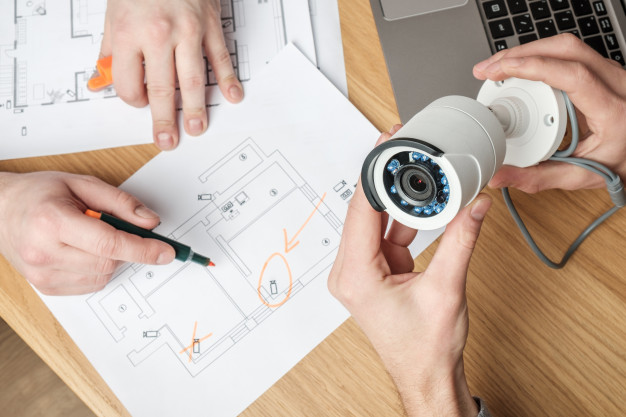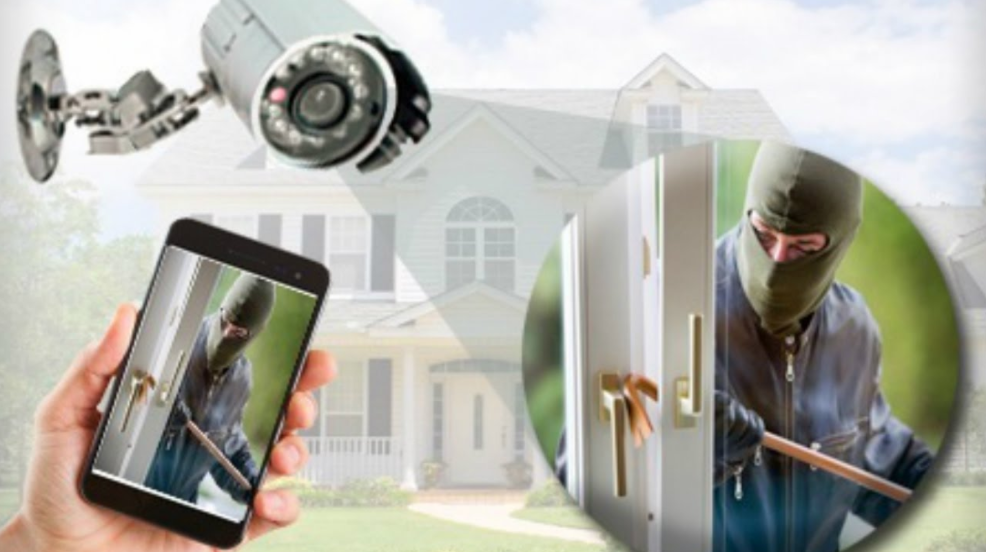Theft and house fires pose a major threat to the safety of your home and family. Therefore, it is important to minimize the risks as much as possible!
 Photos by: Freepik
Photos by: Freepik
Around 20% of households in Australia have been broken into, and three quarters of burglars have broken into property in less than 5 minutes. (Source: Home Burglary in Australia Statistics 2020) Review the checklist below to make sure your home is safe at all times!
1. Have you installed smoke and fire monitoring systems?
Think about the number of smoke detectors in your home – do they meet current requirements? Are they positioned in the right place, and if you don't have hard-wired smoke alarms, do you regularly check and maintain them, including replacing batteries? If you are unsure, contact your local smoke alarm provider who can provide you with the relevant information on a range of systems to suit your needs. You can also install hard-wired network systems with your home security alarm to keep your family safe day and night.
2. Do you have an evacuation plan that everyone knows?
When your alarm goes off, does your family (including the children) know what to do and where to go in an emergency? If it is a fire that you can safely fight, have you installed household fire extinguishers that responsible adults can handle? Do you maintain and check your fire extinguishers and are they placed in the correct position?
Information on the best location for household extinguishers can be researched online and also provided by your local fire department. Practicing getting out of the house safely and calmly (especially if you have younger children) is a must and make sure you have emergency services on speed dial on your phone. It is also recommended that you put a fully charged security phone aside in case the phone cords are intentionally cut or damaged, or if your other phone's battery runs out.

3. Think like an intruder and identify the vulnerable areas of your home
If you lost your keys and had to break into your own home, how easy would it be? Which of your windows and doors are not visible from the street or from the neighbor's side? If you've managed to get in undetected, a burglar can do the same and these areas need to be identified first. If a side window is blocked by a flowering shrub or bush, make sure it is trimmed.
All paths around the back of the house, as well as the entrance ways, must be well lit. Motion sensors near your home illuminate unwanted intruders at night. Installing lights over doors and near garages will keep the area around the house lit when it gets dark. It also protects you and your family when you return home at night since you won't trip and trip over elevated paths and doorsteps.
4. Do you know who is at your door?
If there is a video intercom, the homeowner can easily see who is at the door. Due to technological advances, security systems are available that alert you to visitors at your door via smartphone and allow you to access them even when you are outside. If you have older children coming home from school before you return from work, this is also a great system to make sure they get back safe and sound too. Not only is it safe for those in apartments to be able to talk to someone at the door and see who they are without having to go up and down stairs, but it is also a very convenient system.

5. Are doors and windows safe and secure?
Investing in high-quality doors and secure window and door locks are next on the checklist. Remove expensive items that can be seen by someone looking through your windows and install metal-clad or solid wood doors. Valuables such as cash, iPhones and other portable electronic devices, jewelry or collectibles should not be seen from the street. So go around outside of your home to check these items and remove them in a safe place.
6. Do you have good neighbors?
When you go on vacation, does your neighbor offer to keep an eye on the property or water the plants, pick up the mail or feed the cat? Also, offer to do the same to keep unwanted visitors away as the property doesn't appear to be empty.
By following the checklist above and speaking with your local home safety professionals, you can minimize the risk to your property and protect your family from harm.




